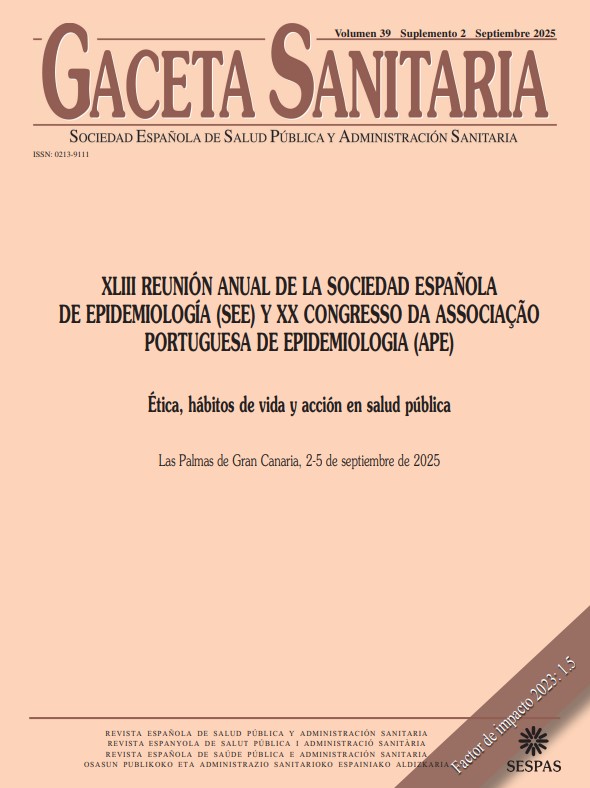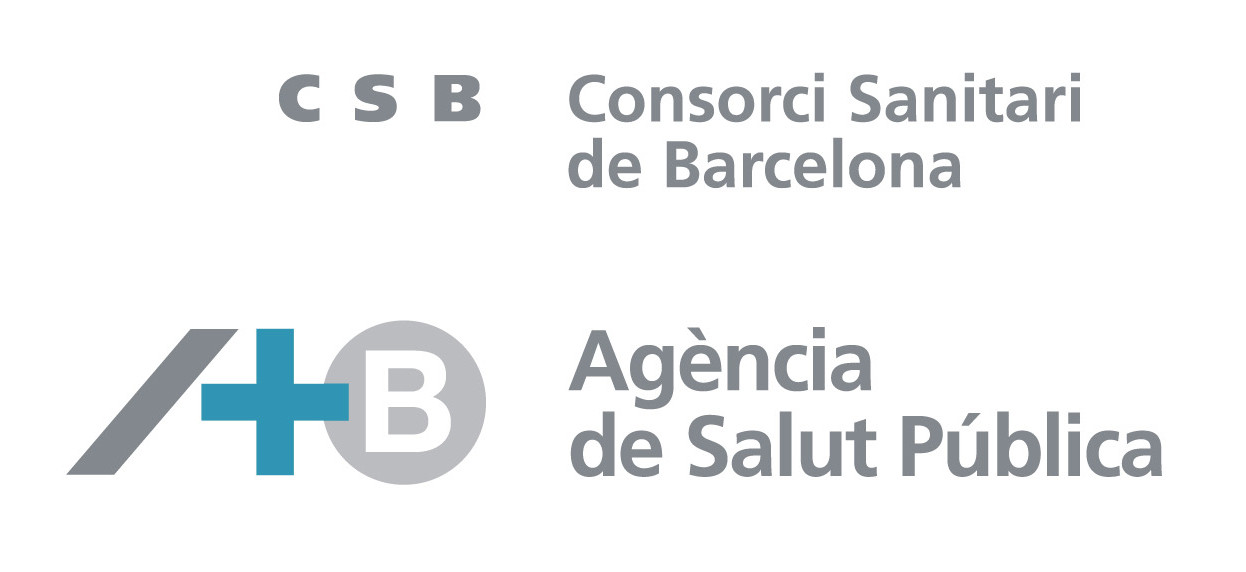251 - SENTINEL CATTLE: THE CASE FOR BOVINE MORTALITY AS A PROXY FOR HUMAN MORTALITY UNDER EXTREME WEATHER
Instituto de Saúde Ambiental, Lab. Assoc. TERRA, Faculdade de Medicina, Universidade de Lisboa; EPI Task-Force FMUL, Faculdade de Medicina, Universidade de Lisboa; Faculdade de Medicina Veterinária, Universidade de Lisboa; Instituto de Saúde Ambiental, Lab. Assoc. TERRA, Faculdade de Medicina, Universidade de Lisboa; EPI Task-Force FMUL, Faculdade de Medicina, Universidade de Lisboa.
Background/Objectives: Both cattle and humans have thermal comfort zones vital for health and well-being: cattle thrive between approximately 4 oC and 25 oC, whereas humans tolerate 20°C to 26°C. Outside these ranges, both species experience increased health risks. This study hypothesizes that bovine mortality patterns may serve as a proxy for human mortality, particularly during extreme temperature events, thus offering a potential early warning indicator to safeguard health and welfare.
Methods: This ecological study analyzed daily all-cause mortality data for cattle from Portugal’s DGAV SIRCA system and for humans from the national statistics agency (Statistics Portugal), spanning January 2016 to December 2022 at a county level. Temperature data were sourced from an Earth observation dataset with an 11 × 11 km grid. Extreme heatwaves were defined as temperatures above the 99th percentile for more than six days in over half of Portugal’s counties; cold waves corresponded to temperatures below the 1st percentile under similar conditions. Five cross-correlation analyses were performed: for the entire time series, the summer period, the winter period, a July 2021 heatwave, and a January 2022 cold spell.
Results: Over the study period, approximately 700,000 bovine deaths and 800,000 human deaths were recorded, with mortality rates rising in winter and decreasing in summer for both species. Cross-correlation revealed a positive association over a 10-day lag period, with the highest correlation at lag 0, indicating that spikes in bovine mortality often preceded or coincided with increases in human mortality. During extreme events, lagged relationships emerged: in heatwaves, peaks in bovine mortality correlated with higher human mortality the following day (lag -1, r = 0.474), and in cold waves two days later (lag -2, r = 0.305). Although not statistically significant, these correlations suggest a potential short-term predictive link and highlight the need for further research into underlying mechanisms.
Conclusions/Recommendations: These findings indicate that monitoring bovine mortality can strengthen public health forecasting during extreme weather. By illuminating climate–health relationships from an interdisciplinary viewpoint, this study underscores the importance of integrating animal health data into One Health frameworks and early warning systems.















